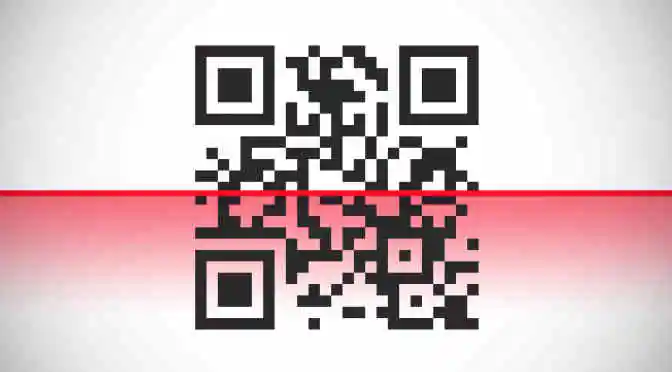Technavio recently announced the upcoming publication of a new report on the global virtual reality cardboard market, which is set to grow at a CAGR of 152.4% by 2021.
The report delves into Google Cardboard, the low-cost virtual reality headset offered by Google. The design is available on Google’s website for free, so the Cardboard can be purchased as a completely assembled kit from manufacturers or built by users themselves.
While the Google Cardboard has made major strides in making virtual reality accessible to the masses, it’s certainly not perfect.
Technavio analysts have narrowed down some of the pros and cons of Google Cardboard:
Google Cardboard: Pros
Low cost
The low cost of Google Cardboard is one of the major reasons for growth in the virtual reality cardboard market. The cardboard is made from recycled paper, lenses are made out of plastic, and the magnet is made up of neodymium material. These are all easily-accessible materials, which means that the final product isn’t subject to the extreme price fluctuations normally observed in tech.
Large number of vendors
The whole point of Google Cardboard is accessibility. There are several local and global vendors in the market producing the device, and consumers can even make their own if buying one isn’t in the cards (although it is generally cheaper to buy one than make it yourself).
The number of vendors in the market is increasing, with many expected to enter the listed vendors category on Google’s website, and many other local vendors taking advantage of the low entry barriers in the market.
Easy to set up and use
Google Cardboard is one of the simplest virtual reality headsets to set up and use, with only three basic steps for setup:
- Assemble the Google Cardboard as per instructions provided by the manufacturer or buy an assembled kit
- Download VR applications and scan the QR code to personalize settings
- Place the smartphone in the cardboard to experience VR
- Easily scan & view QR code data, links, and more.
Apps for Google Cardboard are easily available for Android users, and Google has also released an SDK for iPhone users using the Unity platform.
Google Cardboard: Cons
Lack of content and low resolution apps
Although consumers are generally happy with Google Cardboard, the product still lacks the content that could make it a daily-use product. The free apps that are currently available offer an immersive experience but are not utility apps.
However, in Google’s view this might not actually be a problem. Google Cardboard was developed to understand the needs of VR consumers and provide a platform for VR developers to create content. Developers are expected to come up with enterprise applications for teleconferencing, training and simulation, and designing through the forecast period.
Simulation sickness
Low-cost? Yes. Accessible? Yes. A perfect solution? Not so much. Simulation sickness—which is the result of a disparity between a perceived experience and what one actually experiences— is a big challenge for the Google Cardboard.
Vendors are working on developing better optics with advanced head tracking technology that could solve this problem in the next few years, in the hopes that users will be able to use the device for more than 15 minutes at a time.
Hardware limitations
Certain smartphones do not function effectively in Google Cardboard due to poor hardware specifications. Low processing power, internal memory, outdated processors, and low-quality displays are some of the issues that users might face.
VR apps operate in high-quality resolution but many smartphone displays available in the market today are not capable of handling these graphics. Additionally, the magnet that is used in the cardboard design might not work efficiently with all phones since magnetometers in certain phones might be placed away from the cardboard’s magnet.
Annoying as they may be, hardware issues will hardly be a deal breaker for Google Cardboard. Phones will get more powerful, and vendors will start developing technology meant to be used for VR, which will only help the virtual reality cardboard market grow through to 2019.



